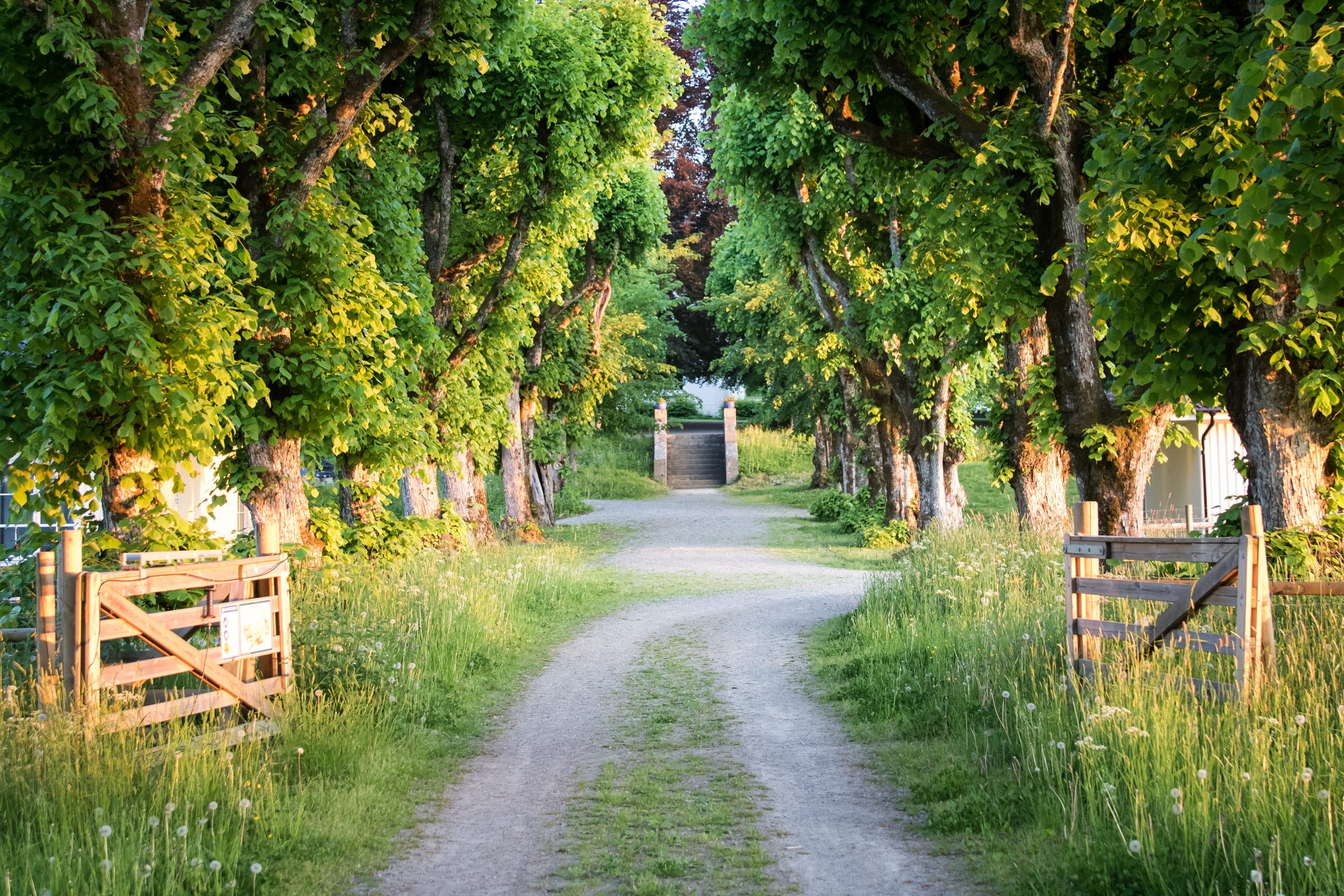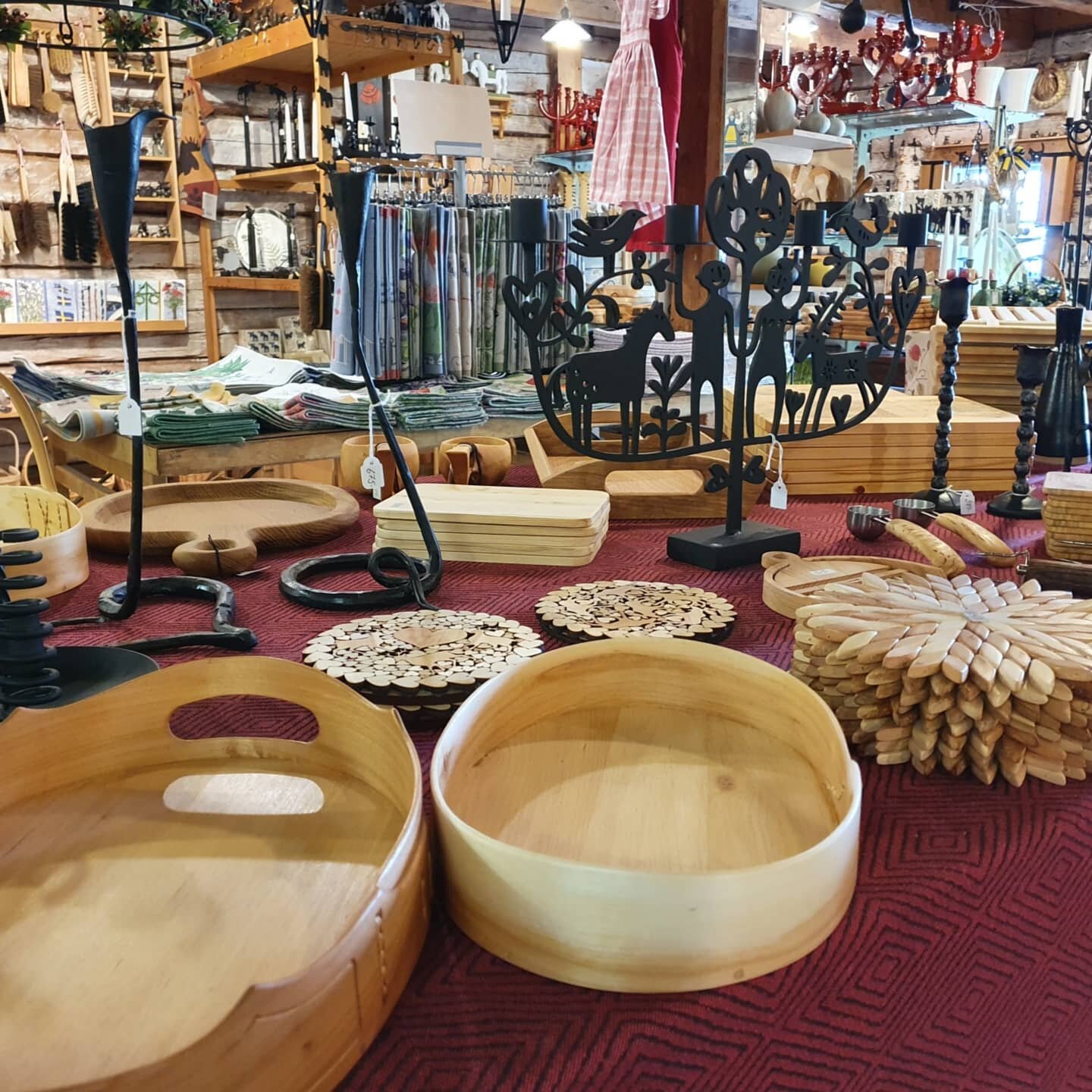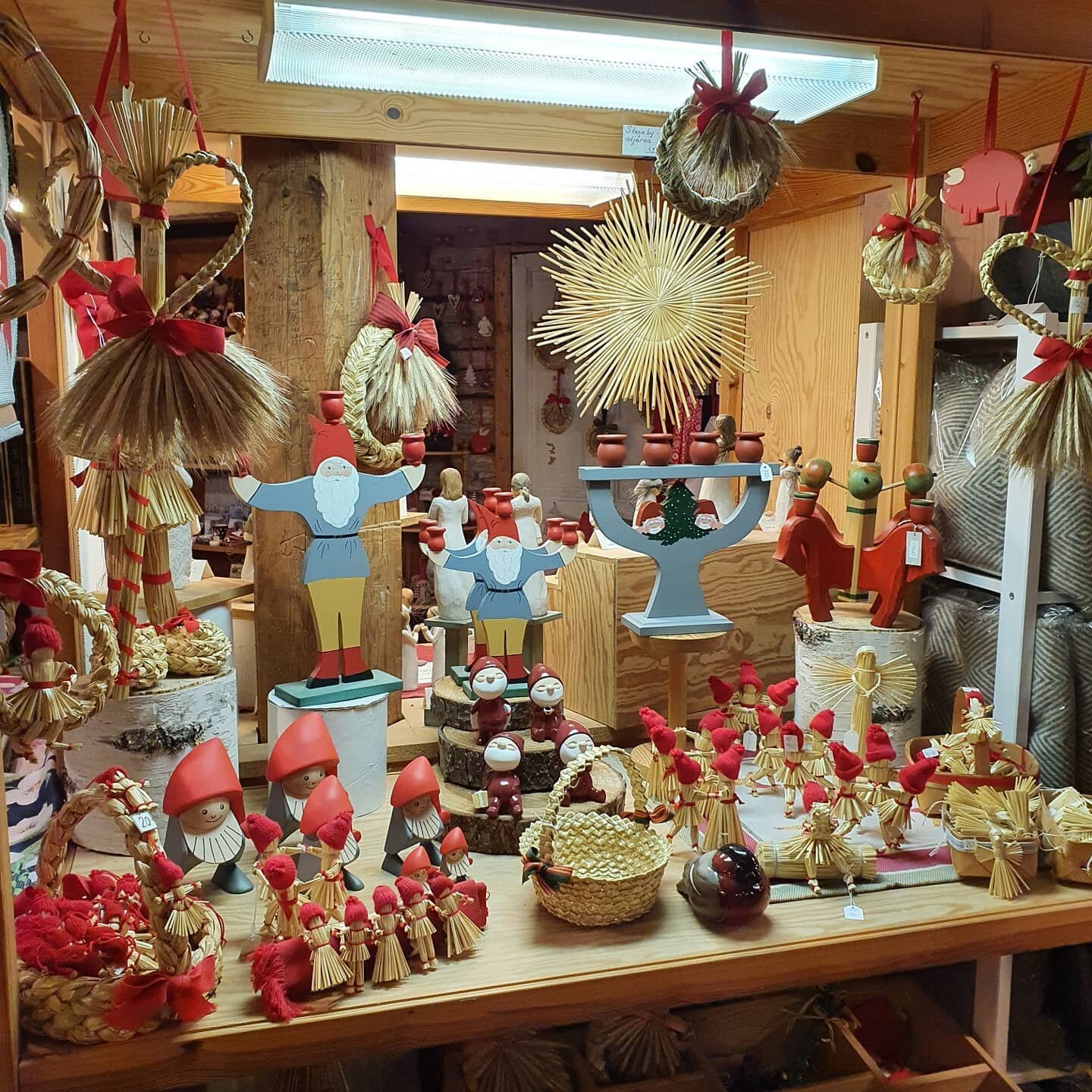English Park
Experience the park around Baldersnäs
Map over the peninsula some history of baldersnäs
Steneby handicraft
At Baldersnäs, Steneby Hemslöjd has its store in the grain magazine "Rian". The building is from the middle of the 19th century. Here you can find a solid selection of handicrafts and arts and crafts products of high quality. Textile products such as Towels, Runners, Tablecloths and Blankets from our Swedish weaving mills, Ekelunds Linneväveri, Klässbol, Insjön and Klippan. We have a large selection of goods from these weavers in the store. Welcome to visit Steneby handicraft at Baldersnäs on site since 1975.
ÖPen
May–september 11–18 daily
Open on weekends spring and fall, contact us and we will come and open for you.
CONTACT
Steneby Hemslöjd
Kvarnlyckevägen 42
660 10 Dals Långed
tel 0531-412 77, mob 070-594 12 77
The impact of romance in Dalsland
In the cliff, which rises steeply on one side of the old entrance, a Latin sentence is written:
Guest friendly, this peninsula, which smiles nicely at you, invites you to forget your sorrows
Baldersnäs' history began as early as the 16th century, and then went by the name Ballnäs. The start coincides with the development of ironworks in Dalsland. In the 17th century, but especially in the 18th century, the production of ironworks took off in earnest in Dalsland.
These were exciting times and entrepreneurship flourished. Families such as Uggla, Waern, Posse and De Cyr were large producers of iron ingots for further export to Europe in the late 18th century and contemporaries of the Napoleonic Wars. The romantic park at Baldersnäs emerged during the first half of the 19th century.
The English romantic park grew and the farm changed its name to Baldersnäs after the Nordic god Balder, the peaceful noble deity, who became Baldersnäs' patron saint, a sculpture is now in the entrance to the manor.
Carl Fredrik Waern was a very knowledgeable, an innovative mill owner, his park facility was a model in Sweden and abroad. At the end of the 19th century, the Iron adventure ended and the Waern family had to sell the farm. In the early 1900s, the farm changed owners several times before civ.ing. Rudolf Lilljeqvist bought Baldersnäs in 1908. Rudolf demolished the old wooden building and built a new stone building, which was completed in 1912. The new mansion contained 23 rooms, including a number of guest rooms, the governess' and nanny's room, dining room, library and a large hall. Rudolf Lilljeqvist started a company - EKA (Elektrokemiska Aktiebolaget) which was built at Bengtsfors power, now EKA area - Sweden's first environmental room. One of the founders of the new factory was Alfred Nobel. Rudolf is best known as one of two founders behind the Nobel Prize.
Rudolf's family lived there until 1975, when Baldersnäs manor was bought by the Baldersnäs foundation. Most of Baldersnäs became a nature reserve in 1975. Since 2005, Baldersnäs has been privately owned.





















